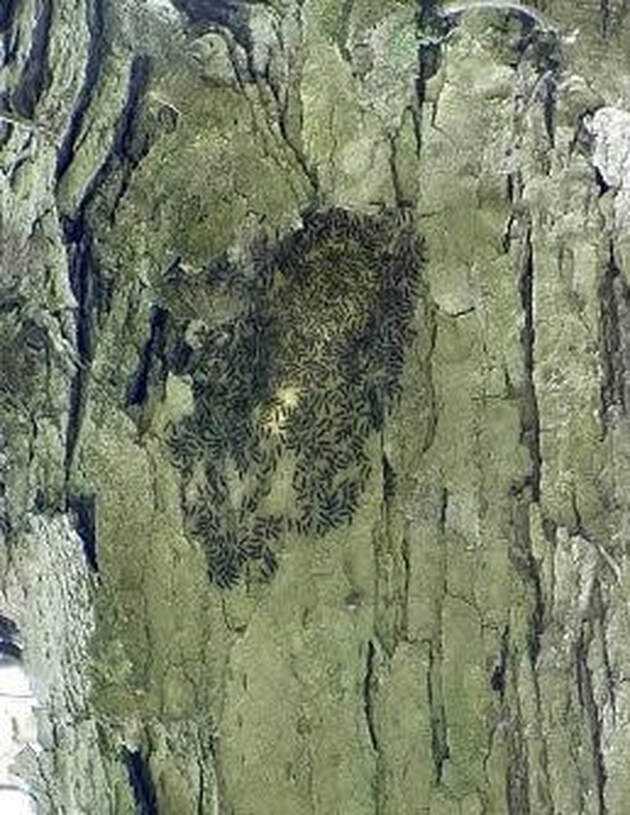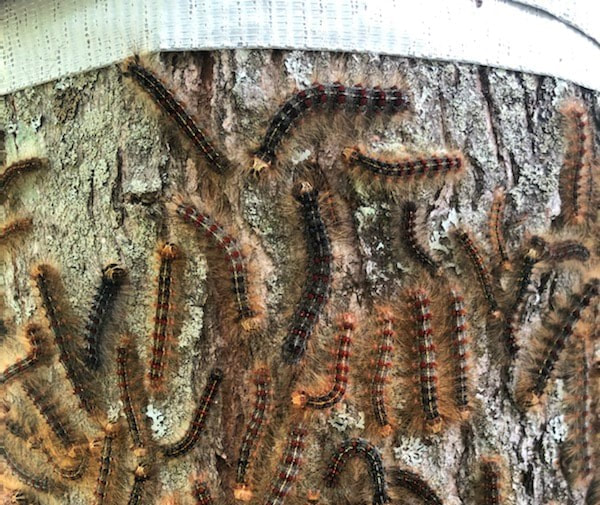|
Are they out of the woods yet? From our friends at the DNR: Despite the recent cold weather, spongy moth caterpillars already may be hatching in the Lower Peninsula, according to Michigan State University’s Enviroweather prediction model. The good news is that areas hardest hit by the nuisance caterpillars in the last few years should see a significant population decrease this year. According to James Wieferich, forest health unit manager with the Michigan Department of Natural Resources, the outbreak cycle for most of the state peaked in 2021 and will continue to decline overall. “Aerial and forest surveys mapped over 1.35 million acres of defoliated trees in 2021, compared to 386,000 acres in 2022,” said Wieferich. “This substantial population collapse is a result of the naturally occurring nuclear polyhedrosis virus, or NPV, and the Entomophaga fungus that affect spongy moth caterpillars.” Areas that escaped the recent outbreak may see new defoliation, and localized areas where infestations began in 2021 or 2022 may see outbreaks peak this year. “While spongy moth defoliation will never cease to exist, viral and fungal agents already in the environment are working to control this naturalized pest,” said Wieferich. Following an outbreak, spongy moth populations usually remain at low levels for five to 10 years and sometimes longer, until environmental conditions trigger a new outbreak, initiating a new cycle. If spongy moth populations are high in your area this season, there are steps you can take. Do what you can
Focus management in areas where caterpillars, their feeding or their frass (droppings) will create the most problems.
Be realistic If you’re in an infested area, accept it’s impossible to get rid of all spongy moth caterpillars. Consider cost, safety and environmental health in your management choices.
A recording of the 2022 NotMISpecies webinar, New name, familiar pest: Preparing for Lymantria dispar (formerly known as Gypsy moth) is available for viewing at Michigan.gov/EGLE/Outreach. If further information is needed, email questions to DNR-FRD-Forest-Health@Michigan.gov. Note that responses may be delayed due to high volume during the spring and summer.
0 Comments
Your comment will be posted after it is approved.
Leave a Reply. |
CategoriesArchives
April 2024
|


 RSS Feed
RSS Feed